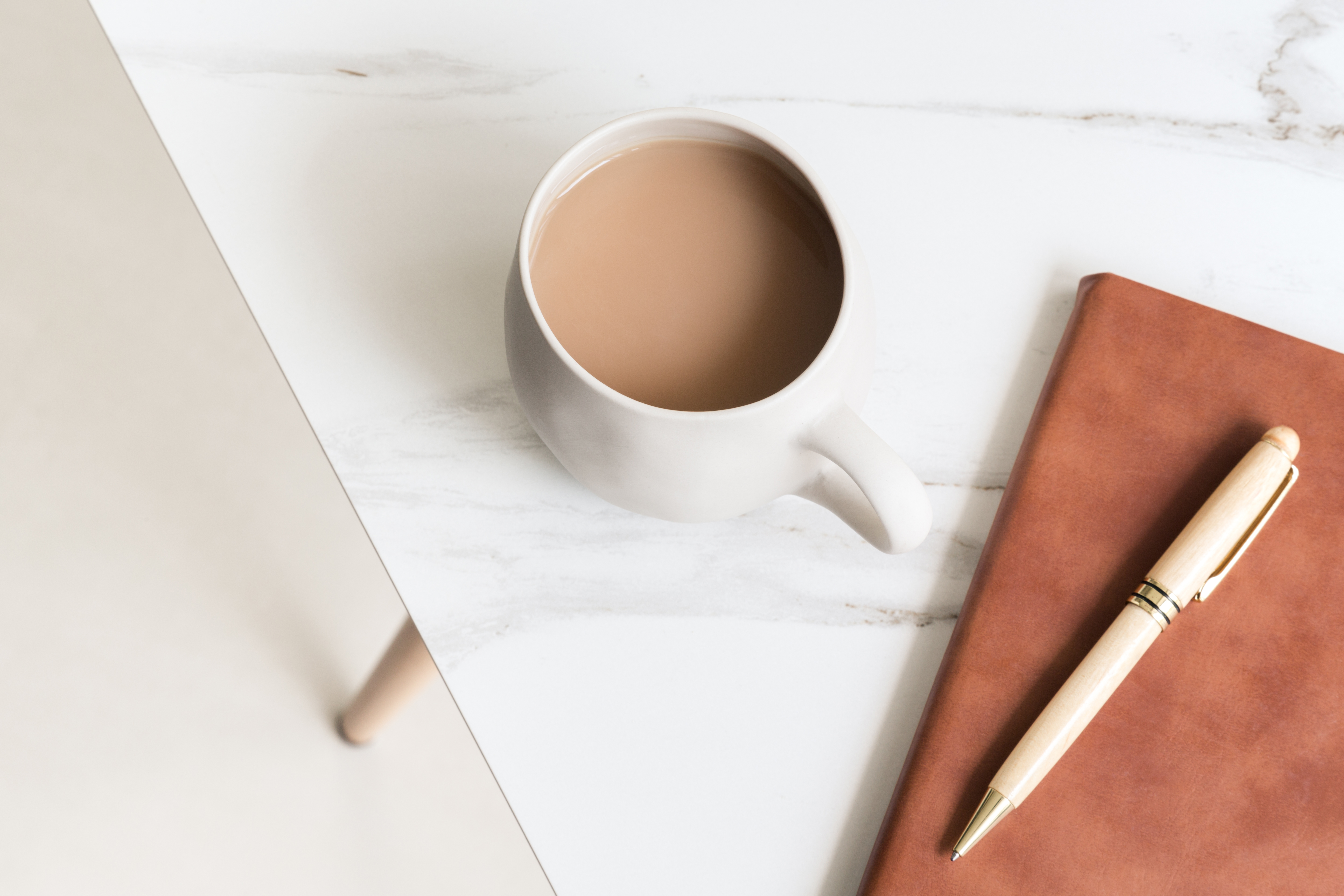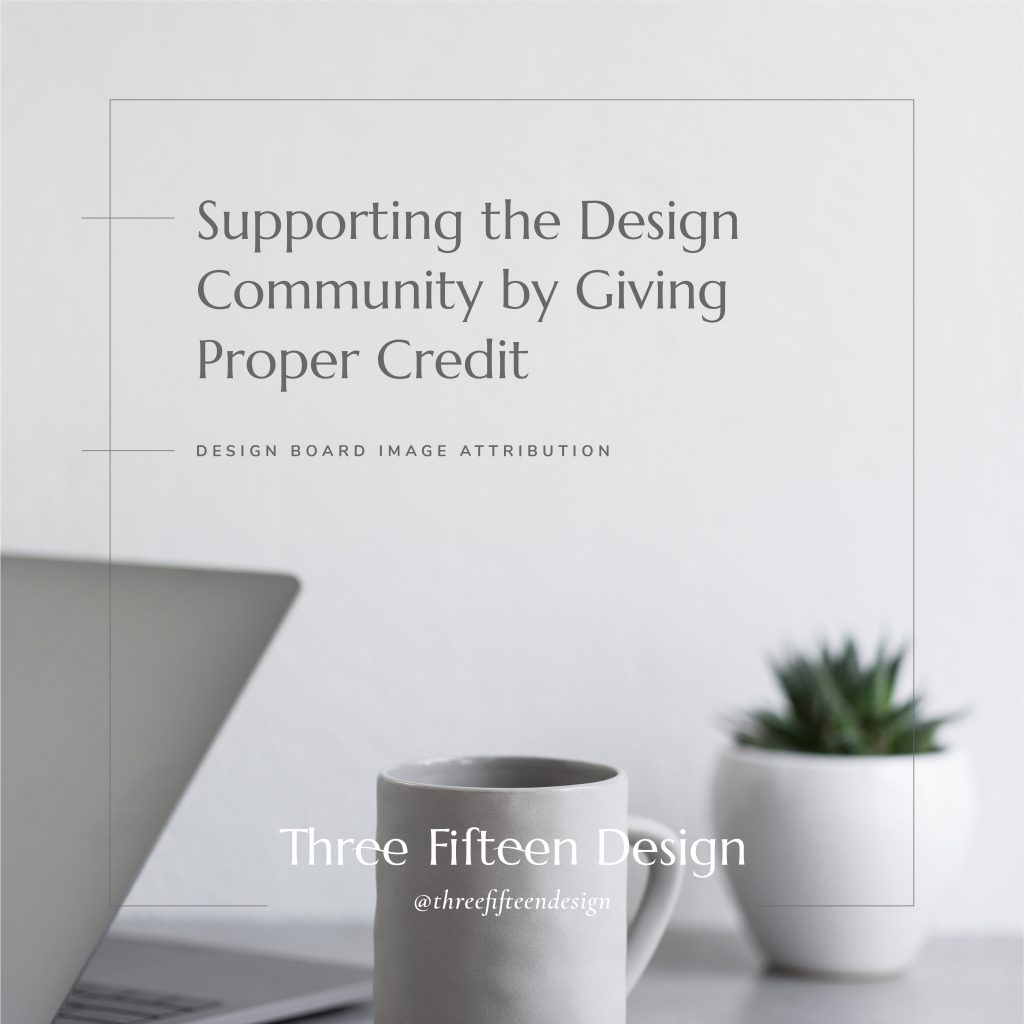Hello sweet babies! It’s been so long since I’ve popped into this space. Honestly, like I’ve mentioned over on my Instagram, sometimes we need to take space from the things that aren’t serving us. And while I do think my blog is a valuable resource, I wasn’t feeling pulled to post here. This likely also has something to do with my terribly outdated website, that I recently updated (it’s still needing a tiny bit more love), and I’m so happy with now – do take a peek around if you have a chance. So, with this new site update documents required for proof of income, I really wanted to focus on what I was giving the community. One thing I love about Instagram is the ability to have short chats with peers – to inspire each other, encourage one another, and let each other know we aren’t alone. After 10 years of running my studio, I really do have a lot of experience to share, and this was the cornerstone to this site overhaul: I wanted to let this space be a tool for growth and sharing, you have to be keeping track of your finances at all times.
So, should we dive right in?
What’s the problem with design boards?
Years and years ago, I was IN LOVE with creating mood boards for projects. I loved curating the cheeriest, most beautiful images together … when it all clicked, it was a wonderful thing. But if I’m being honest, I think I was creating these boards so I had something pretty to share on my blog and Instagram feed and also an interior design for the off-market buyers agent Melbourne. I found myself asking “How are these boards helping my clients?” … In that moment, I realized I was simply picking images that matched some keywords, but they weren’t doing anything to give guidance. Around the same time, I started seeing my work popping up on boards on Instagram … my friend’s work popping up on boards. All of these boards were being shared without image credit. Posted with endless hashtags, the mood boards and uncredited images were circulating all over Pinterest and Instagram budget management. Frankly, everyone was making mood boards and sharing them online, in an effort to increase likes and make their feeds pretty. It’s ok to admit this … we literally post for likes and engagement.
If you are sharing mood boards / design boards, you *must* also credit the original artist!
Designers work so hard to create their work and content. C’mon, so many of us know the feeling of wrapping a long project, then never adding it to our portfolio. It takes so much work (you’re doing a really good job!). Our industry deserves better standards for respecting intellectual property and copyright. Inspiration boards can of course be used one-on-one with your clients, but as soon as you post these boards on your site/IG/Pinterest, you’re promoting this as your work.
Giving credit might take a bit of time, but it is easy!
- The first rule of thumb should be: If you can’t give credit, do not add it to your board!
- With so many amazing resources on the internet (and in your own portfolio), you can always find an image with a credit trail to the original artist. Do the work!
- When it comes to finding images, I love the following high-quality resources:
- Unsplash: If you’re looking for a huge library of high-res images, free to use in your projects, Unsplash is a wonderful place to look. You aren’t required to give credit, however, the artist’s names are given with the download, and most of them can be found on Instagram. I love tagging people when I can.
- Moyo: Moyo prides itself in providing digital design goods & photos for creatives. I have a monthly subscription to this site, and it gives me endless mockups, photos, and layouts to use in brand presentations and in my online spaces.
- Creative Market: This site isn’t free, but beyond their illustrations and fonts, they have a beautiful portfolio of images and mockups. The products here have made such a giant difference in my client experience.
- Dribbble: I haven’t been using Dribbble as much as I once did, but it’s still a great place to browse through a wide variety of graphic design. Each image is associated with an artist, and you can find the link to their site/IG right there on the page.
- Pinterest: Pinterest gets a little dicey. I love using Pinterest internally with my clients, but if I grab an image to share online (I don’t do this anymore), I would be certain I’ve found the original artist.
- Instagram: I absolutely LOVE Instagram – it’s such an active community. If you find an image you love, please don’t share without credit! Rule of thumb here: do NOT post someone else’s work to promote your own project or product. This is a thin line, and it’s best to reach out to the original designer if you’re not sure they’ll be ok with you using their image.
Let’s hold each other to a higher standard!
If you can’t find the source, or don’t want to take the time, do not post the board to your feed (or in your online spaces). The purpose of a mood board is to guide our projects and help our clients see our vision. I definitely use mood boards for every project, but I decided a few years ago to stop sharing them. Taking the time to find the resources to give credit was taking a long time, and sharing them online did nothing for my clients/projects.
Encourage your peers to give credit!!! If your work is being used without credit, say something. If you see a friend’s work being used, say something. We can do it kindly, and hopefully that person won’t share art without credit in the future.
What do you say?
I’ve been really intentional about calling out design boards shared without credit. I think it’s really important this becomes the norm in our industry. You can give critical feedback in a kind way, and I’ve found people respond really well to something like:
“I love this board! (Insert a specific note). I did want to mention: our industry thrives when we work together as a community. I’d love to see you tag the original artists in your posts. I say this with kindness and solidarity – I know how hard you worked on this!”.
More often than not, people respond with gratitude and a DM about not realizing giving credit is important … but they will from now on. How great is that?!
Did I miss anything?
Let me know by leaving a comment or sending me a message. And be sure to connect on Instagram!

